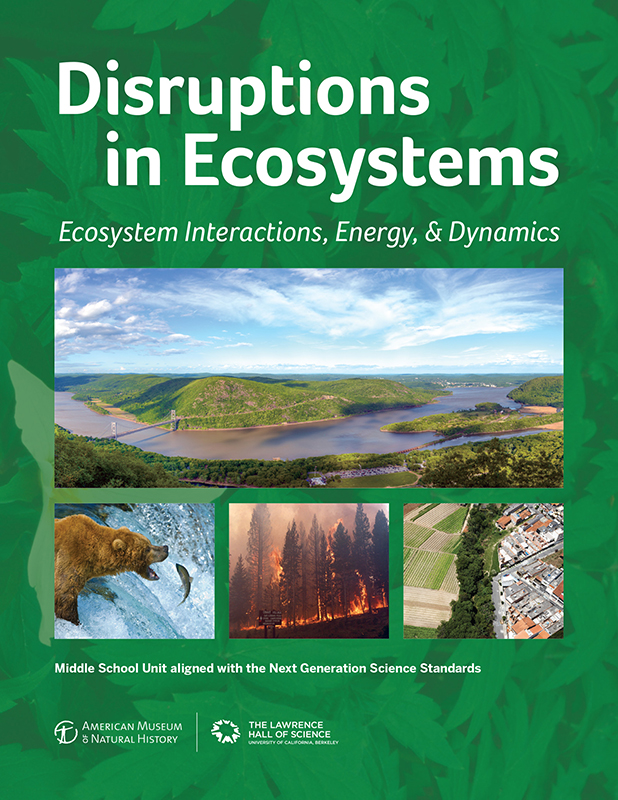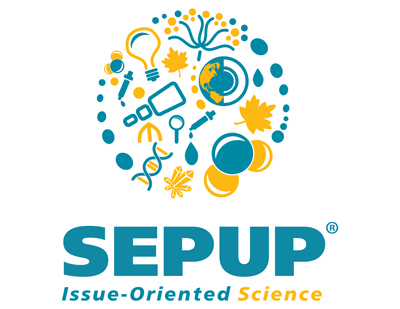Disruptions in Ecosystems

Disruptions in Ecosystems is a middle school unit developed by the Lawrence Hall of Science’s SEPUP as part of a collaborative project funded by the National Science Foundation to develop and evaluate a model instructional unit and professional development program and conduct research on teacher learning.
Files Available for Download
Supporting Videos
The links listed below are intended to supplement the Disruptions in Ecosystems materials.
Chapter 1: Wolves in Yellowstone
Wolves and Grizzlies Footage shot by tourists in Yellowstone of an interaction between a grizzly and a pack of wolves that are attempting to drive the bear out of the area
Wolves of Yellowstone – How the reintroduction of wolves to Yellowstone has shaped the ecosystem
Chapter 2: Ecosystem Models
Yellowstone Biodiversity An overview of changes over time to the animals and plants found in the Yellowstone ecosystem
Greater Yellowstone Ecosystem Yellowstone National Park is at the heart of the Greater Yellowstone Ecosystem and helps preserve the ecosystem and underlying geology, waterways, and other abiotic factors that make Yellowstone unique
Chapter 3: Interactions Between Populations and Resources
Dead Zone in the Gulf of Mexico The factors that influence the creation of dead zones
Chapter 4: Zebra Mussels
Investigating Invasive Species Impact on Algae Blooms – Zebra mussels and their potential effects on the Finger Lakes ecosystem
Aquatic Invasive Species – Techniques used by scientists to monitor for aquatic invasive species, such as Zebra and Quagga mussels
Chapter 5: Designing Solutions
Billion Oyster Project – A project that is working to restore oyster reefs to New York Harbor
Vertical Ocean Farming – Bren Smith, owner of Thimble Island Ocean Farm, discusses using regenerative ocean farming to create jobs, improve ecosystems, and fight climate change

This material is based upon work supported by the National Science Foundation under Grant # NSF DRL 1418235.
Any opinions, findings, and conclusions or recommendations expressed in this material are those of the author(s) and do not necessarily reflect the views of the National Science Foundation.
Partners
American Museum of Natural History
Achieve Review
Achieve conducted an EQuIP review of the second field test edition of the Disruptions unit. Their review is available here.
News
SEPUP and Disruptions in Ecosystems

